A LITERARY STROLL THROUGH PUERTO REAL THROUGH THE WORK OF PAULA CONTRERAS
Duration
The one you want; we have made this route so that you can get lost walking through Las Canteras, stroll quietly through the streets of Puerto Real or get away from it all in the San Pedro River.
Why do the route
Paula Contreras portrayed in her work a white, green, blue, wild, colonies, open and friendly city. We propose a route to know it through the texts of a writer and a unique woman who loved Puerto Real.

At Punta del Muelle, the hours do not exist, neither hurry nor sadness. Children and boats, and silent walks because listening to the song of the water is the mystery of beauty.
Paula Contreras
The Weather Wizard (1951)
Paula Contreras Márquez was born in Moriles (Córdoba) in 1911 into a simple family that farmed the land. She taught herself to write and from a very young age she invented stories. At the age of 14 he collaborated in several newspapers and magazines.
She studied teaching in Córdoba and practiced her profession in Dos Torres and in the capital city, putting into practice the renovating airs promoted by the Republic, which she always valued. She won her place in Ubrique, where she met Fermín Sánchez de Medina, a pharmacist, whom she married in 1938. Due to her husband’s professional reasons, they moved to Puerto Real in 1941 where they established their residence. Soon they both identified with their adopted hometown.
In Puerto Real she collaborated in the creation of the Madrigal Group, of which she was the first president (1951). During this period he wrote the first known novel, El brujo del tiempo, with a Puerto Rican atmosphere.
In this same decade he wrote several novels, among which Historias de un pueblo sin historia (1952) centered on Moriles and which was selected among the finalists for the Nadal prize in 1954.
At around 90 years of age, she wrote a delightful autobiographical story, Estrella de mar, with her memories as a child on the beaches of Malaga, where she spent time at the home of one of her older sisters and picked up the star that has always accompanied her.
La Botica de la Calle de La Plaza is Paula’s last novel, although it remained unfinished and was not published until 2017. In spite of this, the work has its own entity, is complete and arouses great interest. It is set in Puerto Real from the 40s to the 60s.
Paula lived 67 years of her long life in Puerto Real and was involved in the cultural and social life of the town, never abandoning her literary and teaching vocation. He died at the age of 97 in Puerto Real on February 3, 2008.
In 2015, Paula Contreras was posthumously named Adoptive Daughter of Puerto Real and the Municipal Archive of Puerto Real has had custody of the writer’s legacy since the end of 2018.
This route is a tribute to his work, to the presence of Puerto Real in his novels, in his reflections and in his life.
THE DEEPEST AND MOST MAGICAL CORNER IN THE HEART OF PUERTO REAL
THE QUARRY
THE QUARRY FOREST IS NOT JUST A SETTING IN PAULA CONTRERAS’ NOVELS. THE QUARRIES ARE JUST ANOTHER CHARACTER, A SECRET, A STATE OF MIND, A WITNESS TO THE LIFE AND SOUL OF PUERTO REAL.
Las Canteras is the deepest and most magical corner of Puerto Real, a scenery of nature and history that is part of the way of being of the city.
The centenary stone pines, mastic trees, brooms or orchids that form it were planted creating a romantic English-style forest, in whose branches nest and live a community of birds such as the warbler, the goldfinch, the greenfinch, the chamariz or the suín.
Ocellated lizards, lizards of all kinds or the elusive common chameleon, which is rarely seen, are some of the inhabitants of this forest that is part of the city, because that is what the city itself wanted.
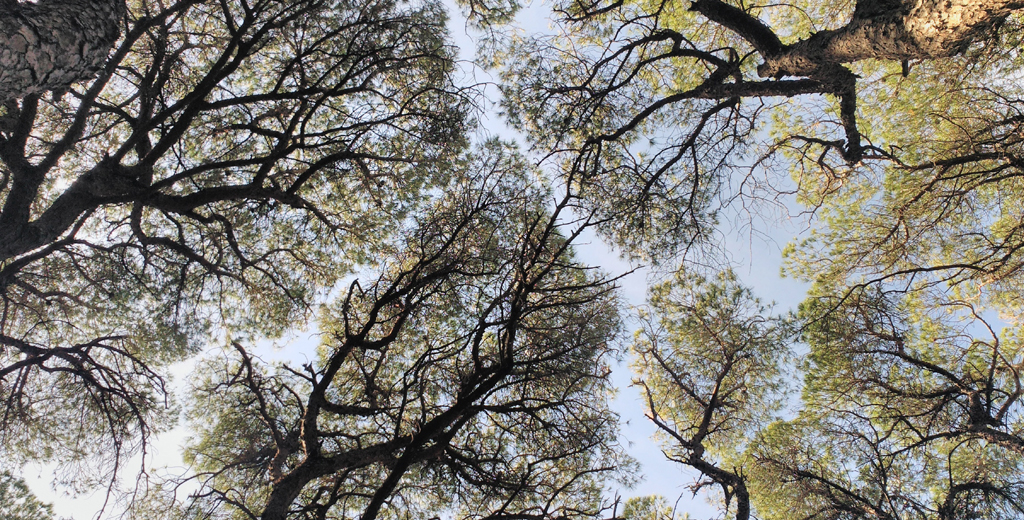
The rest of the elements are also served in threes because the Historic-Artistic Ensemble of Puerto Real is explained, above all, through three elements.
The first is the staging.
The Catholic Monarchs founded Puerto Real in 1483 to have a port dependent on the crown in its conquest of Granada, but which was soon linked to the discovery of America, only 9 years later.
Puerto Real is a Renaissance city, a checkerboard layout that served as an urban model for the new American cities.
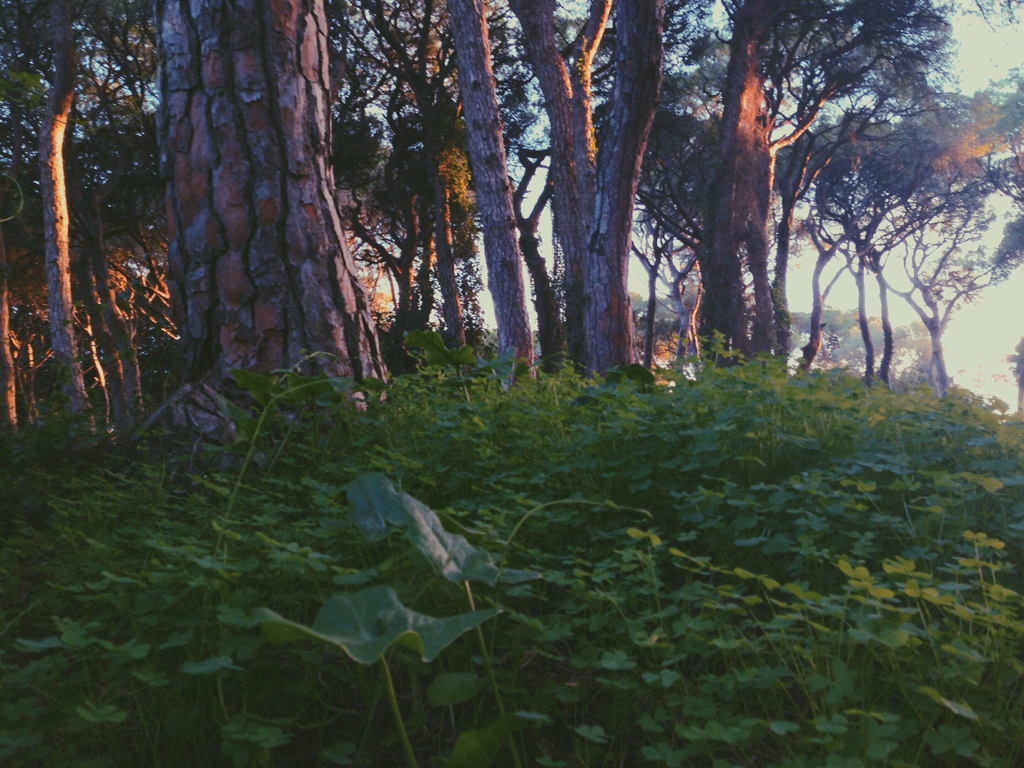
Las Canteras is the prowess of nature making its way into the heart of the city, an open space, quiet and cozy, or bustling and full of art when, during the Spring Fair of Puerto Real, hosts an equestrian show in the middle of nature, unique in the Bay of Cadiz.
Las Canteras is the deepest and most magical corner in the heart of Puerto Real.
“The afternoon is splendid and the pine forest seems to be inviting us to enter it… Do you know the Pino Gordo?
– No; I have heard of it, but I have never seen it.
– We are going to see it this afternoon; it is the King of Las Canteras… All around it spreads the broom that blooms in spring and gives a very fine and small flower (…) Orchids also bloom in spring. Las Canteras is curdled with orchids; they grow at their pleasure, entangled in the brambles, climb the pines, spread over the fences, as if it had been created for their kingdom… (…)”.
The Weather Wizard (1951)
“They entered the shady forest, full of mysterious sounds. They passed through the little paths flanked by large pines and beset with vegetation: leafy mastic trees, wide, in comradeship with the prickly brambles; creepers that climbed up hugging the trunks with a supreme anguish of burying themselves in the hollows of the ground, crushed by the branches; fickle orchids, already disputing the path with the creepers or getting drunk among mastic trees and hawthorns.”
The Weather Wizard (1951)
“And when they came back with an armful of fresh broom she said:
– I think I can hear the birds singing…”
La Botica de la Calle de La Plaza (2017)
“It was the time of Las Canteras, when they took revenge on the sea and recruited children in their large courtyards, and inflated them with illusions and made them heroes when they reached the first mastic trees, shouting: “Let’s run mountains!”.
To run mountains: to climb up the slopes of the terrain, eyes of fire, little red faces and half-open mouths breathing deeply, and to reach the top of it; it was the feat.
How charming Las Canteras is!
The Weather Wizard (1951)
IN THREES
HISTORIC-ARTISTIC SITE
IN THE PHYSIOGNOMY OF PUERTO REAL, THE SILHOUETTES OF THE TOWERS OF ITS THREE CHURCHES STAND OUT: THE PRIORY OF SAN SEBASTIÁN, THE OLDEST; THAT OF THE CONVENT OF LA VICTORIA, THE MOST STRIKING; AND THAT OF SAN JOSÉ, THE ONE THAT KEEPS THE KNOWLEDGE OF THE CITY.
The rest of the elements are also served in threes because the Historic-Artistic Ensemble of Puerto Real is explained, above all, through three elements.
The first is the staging.
The Catholic Monarchs founded Puerto Real in 1483 to have a port dependent on the crown in its conquest of Granada, but which was soon linked to the discovery of America, only 9 years later.
Puerto Real is a Renaissance city, a checkerboard layout that served as an urban model for the new American cities.
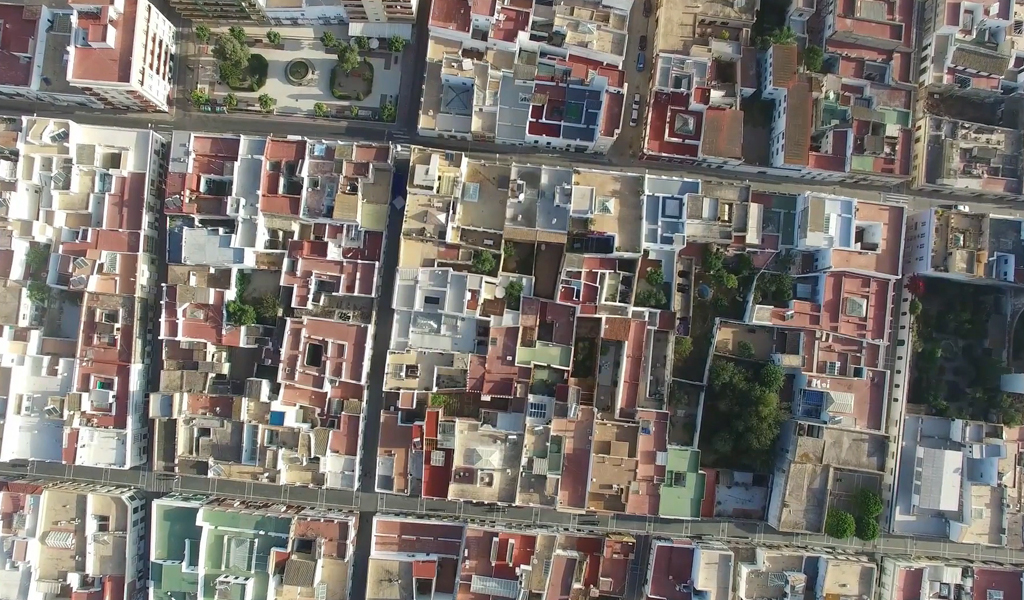
The second is its marked colonial air.
The relationship with America was intense since its foundation, but the transfer of the Casa de Contratación to Cadiz in 1717 marked the splendor of a city in which merchants, nobles and illustrious sailors lived and traded in spacious and bright stately homes, reflecting the architectural tastes shared between the two shores of the Atlantic.
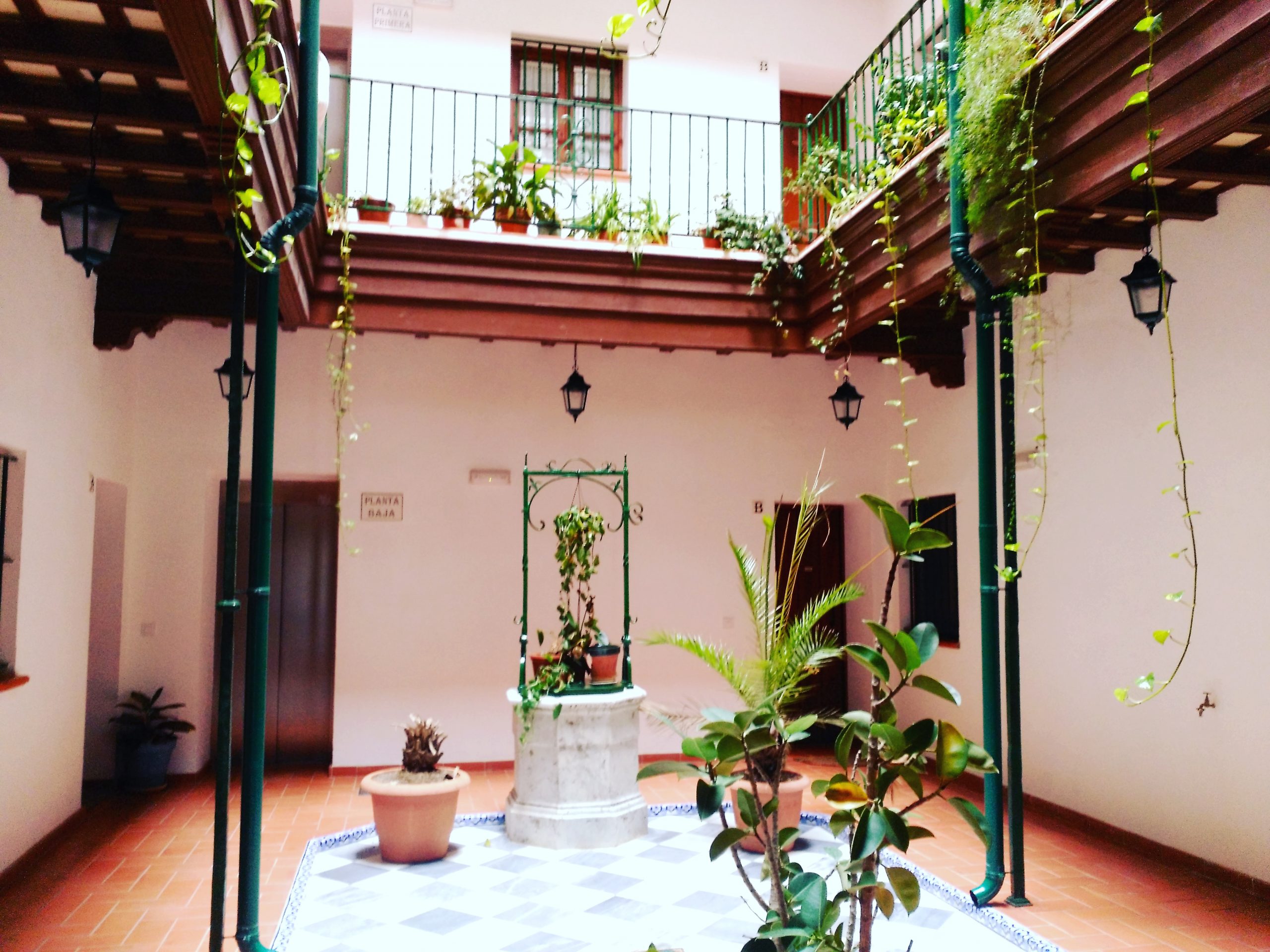
The third is the abundant baroque facades that decorate their houses.
In fact, the whims of the nouveau riche are today witnesses of the city’s boom during the 18th century.
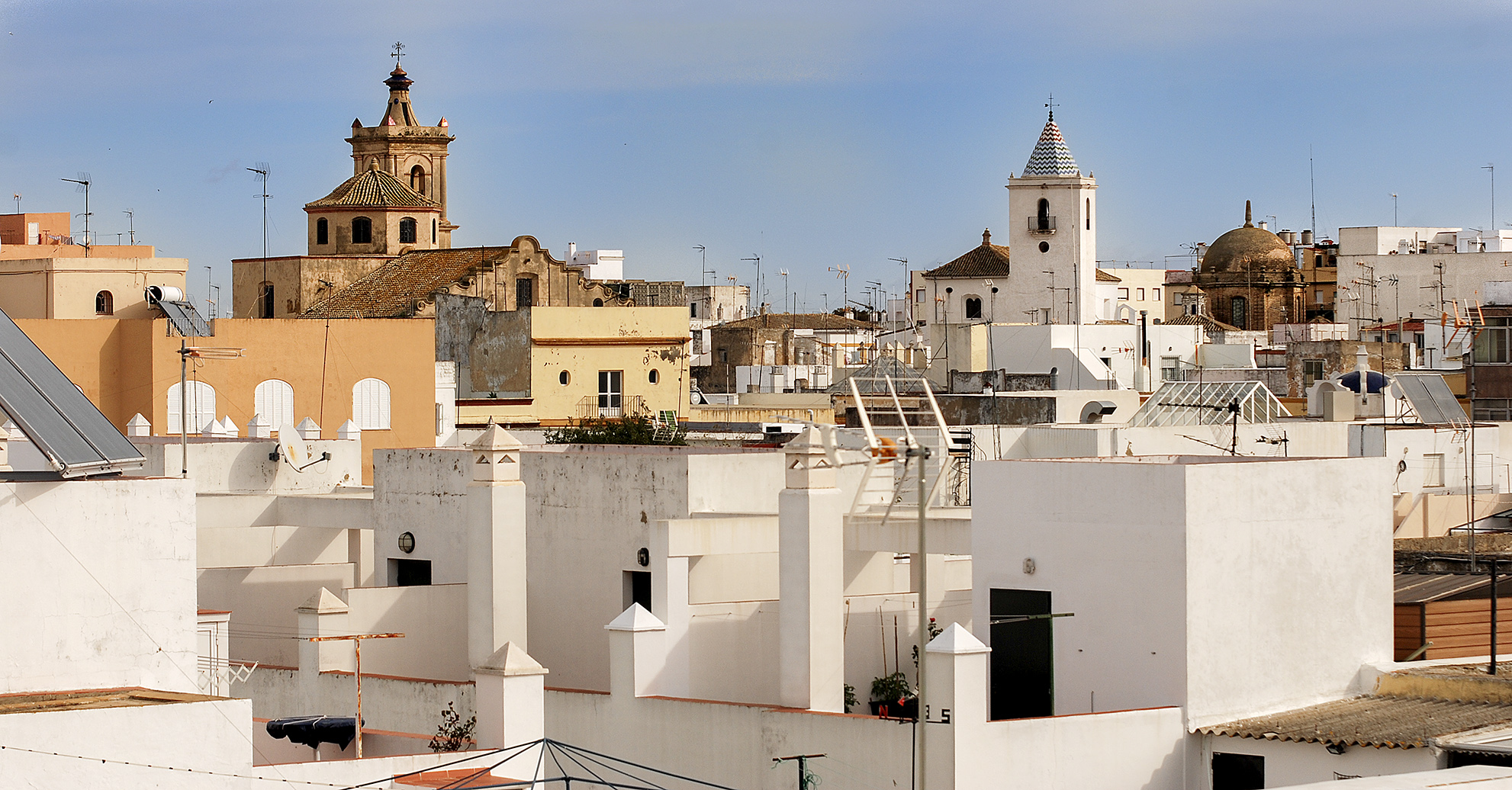
This is how Paula Contreras described it in an article entitled “Torres de Puerto Real”.
“Puerto Real has three towers.
They are a constant call, a perennial alert, a vibrant and majestic wake-up call. The three, slender and graceful, stand out on one side, among the dark green of the exuberant and prodigal vegetation of Las Canteras and on the other, from the changing blue of these sea waters that play at being a lake, and rise up spirited, solemn and sharp, like prayers, like arrows.
The one of San José, harmonious in its line, with soft roundness, with something of woman and mother, offers shelter to some nomadic birds that court it at the beginning of spring.
That of San Sebastián, plain, plain, sober and austere, with no other ornament than the polychrome shine of the tiles that crown it, stands out upright and resounding, proud of its noble mission.
The other tower, with its beautiful and triumphant name, which has the vertical rotundity of one and the softness and grace of the other”.
Puerto Real has three towers: in the distance they are three piercing arrows; at night, three elongated shadows cutting the stars; in reality, three amorous sighs of the noble people”.
“Let’s talk about Puerto Real, which was adorned forever with beautiful houses with long and long balconies with the illusion of ships and that marked the new towns that were being born on the other shore the guideline for the construction of its streets pulled to cord”.
From the article “Puerto Real and Hispanidad” (1958)
“…because to cross a street in Puerto Real, no matter how hidden and secluded, no matter how humble and poor it may seem, is to soak up all the radiant beauty that envelops it and that imposes itself superbly and overwhelmingly.
Any street. Any corner. Next to a protruding window. In the humble wall where the hollows recede and the stone remains asleep and blond”.
From the article “Puerto Real is unique and charming” (1963).
“(…) of that stubborn sun that refuses to leave the street of La Plaza, permanently in love with these streets, these beautiful old houses”.
From the article “Una feria lozana, pimpante y hermosa” (1991).
“Puerto Real has an enchantment that holds you, you will see… And then that physiognomy, that layout of its streets, wide, long and parallel; its houses, low, generally of only one floor and very beautiful, with marble pavements and with large grills of thick iron bars; almost all with a splendid garden in addition to the central courtyard.
It seems to be a town made for pleasure, for pleasure, for a gift; something like a group of houses for rest and relaxation. But all beautiful, all artistic”.
The Weather Wizard (1951)
“The vision of the sun-filled rooftop came to him; he would go up in the afternoon; from it he would once again see the landscape: Medina, high above, like prayer on the plain, Las Canteras, La Carraca and Cadiz, with its eternal anguish of not wanting to detach itself from the land and its eternal longing to be only of the sea…. She liked the roof and to perceive from there the penetrating smell of the recently watered garden; and to look at the neighboring patios where the half-naked children were confused with the clumps of geraniums; and to listen to the conversations full of the indisputable gracefulness of the land; or to surprise loves, betrayed by soft murmurs and singing laughter”.
The Weather Wizard (1951)
“El callejón del Arco, secluded and lyrical. (…) The sea blues strongly and the facades of the alley whiten by contrast, as if they had just been cleaned and even the smell of fresh lime seems to float around here. It is four o’clock in the afternoon; the sun makes everything bright and pure; the bow imprisons the restless waters; suddenly, the sail of a little boat shows its joy between the walls.
– El Divino’ – the kids say enthusiastically”.
From the article “A model of Ruiz Luna” (1992).
AN URBAN ISLAND SURROUNDED ON ALL SIDES BY NATURE
THE SALT LANDSCAPE AND THE SAN PEDRO RIVER
PUERTO REAL IS AN URBAN ISLAND SURROUNDED BY NATURE: ESTUARIES AND SALT MARSHES, PINE FORESTS, LAGOONS AND 150 KILOMETERS OF RAVINES AND TRAILS.
Wild and semi-virgin, the Rio San Pedro beach is a place surrounded by lush vegetation that transports us to a lost island far from the world.
1600 meters of golden sand to walk all year round, a beautiful wooden pier and exclusive views of the Metropolitan Park of La Algaida and Los Toruños, the umbilical cord that connects Puerto Real with El Puerto de Santa Maria through a natural area of the first order.
The San Pedro River is an amazing promenade where you can practice sports activities such as canoeing and swimming, and where you can enjoy one of the best sunsets in the Bay of Cadiz.
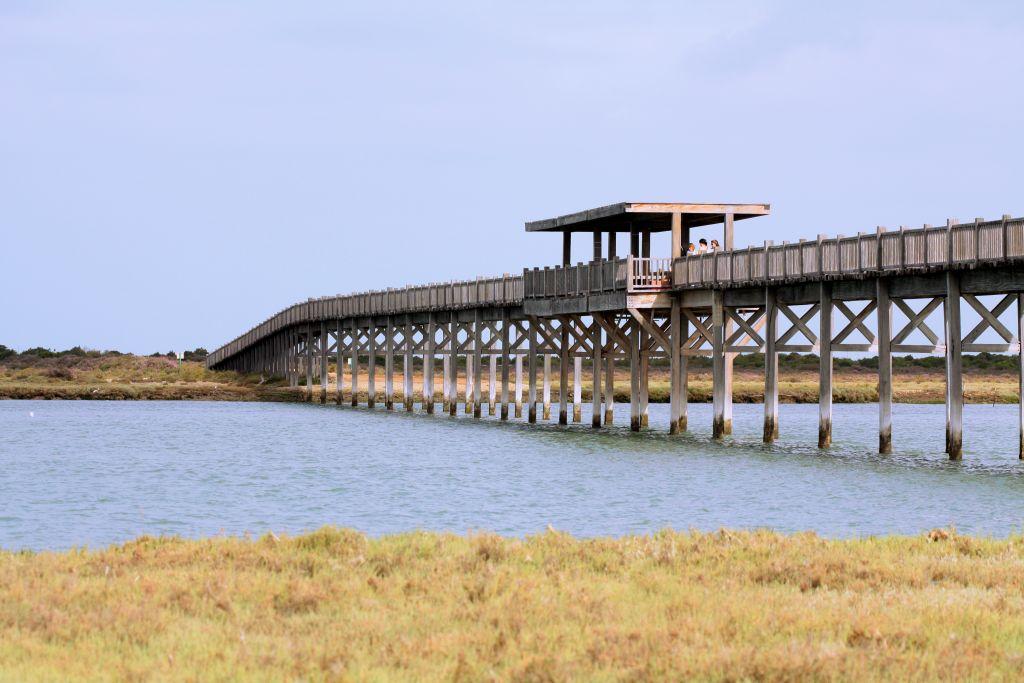
Pines, broom, trails and paths surround Puerto Real, forming a network of 150 kilometers long ravines ideal for sports, walking and enjoying nature.
Among them, the Two Bays Green Corridor links the Bay of Cadiz with the Bay of Algeciras and offers an enormous variety of landscapes, realities and natures.
The same paths and trails that served for trade and communication between the mountains and the sea, are now the gateway to the Natural Park of the Bay of Cadiz.
Here a multitude of birds stop and rest on their journey between north and south, rest, nest and live in a human landscape, that of the salt marshes and estuaries, which is a fundamental part of the culture, life and cuisine of Puerto Real.
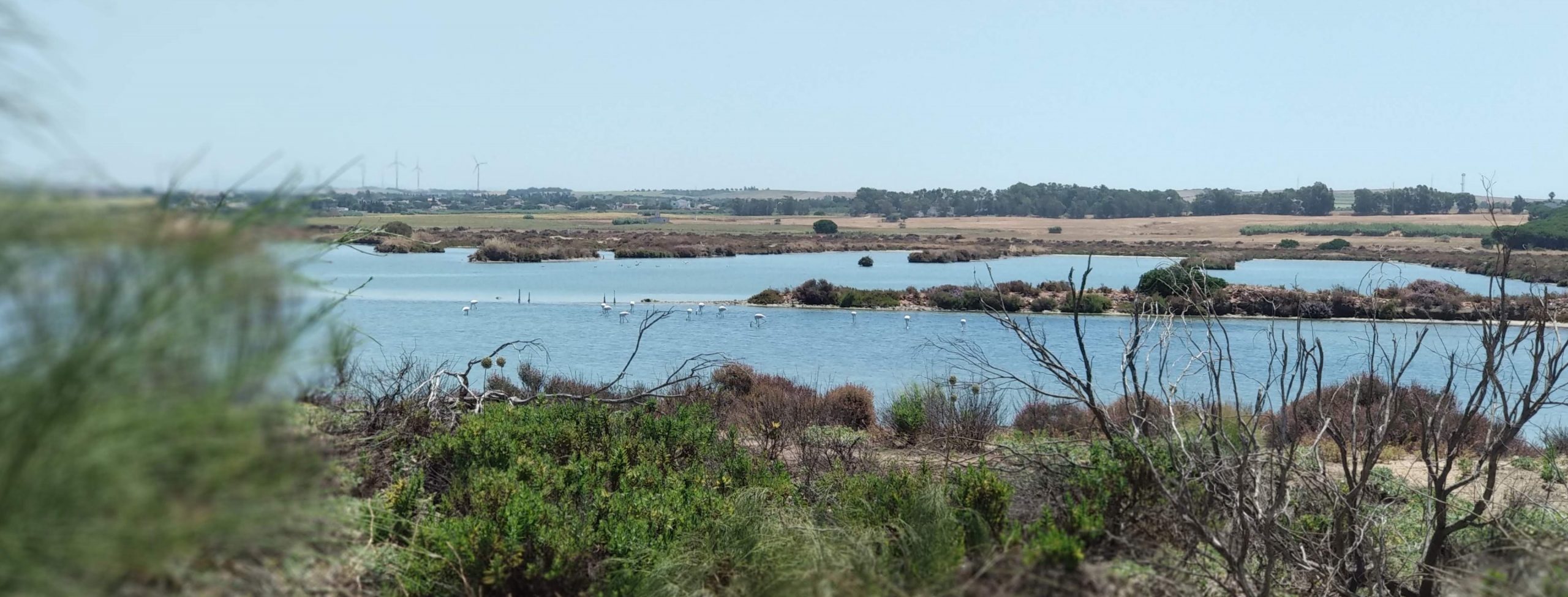
Sea bream, fleur de sel, sea bass, shrimp, prawns, oysters, seaweed, muergos… high quality products from a rich and productive Natural Park, which are undisputed protagonists of the table of Puerto Real.
“The train ran through the plains of Cadiz, full of dawn and bright salt forming pyramids, – wide smiles on the brown earth – as docile watchmen, or as a cheerful and vibrant proclamation announcing the proximity of the people, in an incomprehensible mixture of shouting and silence. The train was approaching Puerto Real and the pines could be seen grouped together, babbling their embrace to the farmhouse and looking for the friendship and company of the sea.
Its greenness was a caress to eyes aching from the hurtful brilliance of salt.”
The Weather Wizard (1951)
“The San Pedro River is a wild beach… The next day they were able to check it out. It was a delightful ride. The beach, wide and long, was bordered by a large pine forest that provided shade and shelter, in the absence of huts and other facilities and conveniences.
– What a pleasure,” she had said as they were far from the sands, letting go of the oars, “it seems as if we were on a desert island.
– Yes.
– Isn’t it ideal to take refuge inside these woods and only hear the sound of the water and the wind?
He looked at her mockingly as he said:
– You’re not going to tell me you’d like to live on a desert island….”
The Weather Wizard (1951)
And you will eat other fish as good or even better than this one, and you will taste the good shrimps, crabs, “cañaíllas”, “bocas”… Everything is really exquisite. And it is that everything here is good and kind; even the Atlantic here is neither fierce nor rough, but soft and languid, for children to play in it.”
The Weather Wizard (1951)
THE STREET OF THE PLAZA DE PUERTO REAL AND IN IT THE APOTHECARY’S SHOP
THE APOTHECARY’S SHOP AND CALLE DE LA PLAZA
LA PLAZA STREET RUNS THROUGH THE HISTORIC-ARTISTIC COMPLEX OF PUERTO REAL FROM EAST TO WEST, OR FROM WEST TO EAST, AS YOU WISH.
This pedestrian street is the commercial heart of the city and connects such important public spaces as the Plaza de Jesús, where the Casa Consistorial, a former manor house, is located, or the 18th century Mercado de Abastos, the oldest in Andalusia in use and located in the Calle Nueva, also a pedestrian street.
On Calle de la Plaza is the pharmacy that gives its name to Paula Contreras’ latest novel, La Botica de la Calle de La Plaza, a story about Puerto Real, about its people, its life and its little stories.
All the stories of Puerto Real happen here every day, bustling, crowded with people, conversations, shopping baskets, meetings, breakfasts as only in Puerto Real, meetings, smiles and warmth.

“Here… the apothecary is beautiful and the reticule is a dream, so spacious, luxurious, with a cistern (…).
(…) whenever I come to Puerto Real I always pass by La Plaza street… La Plaza was always called, then Cánovas del Castillo and now Calvo Sotelo, but I still call it as before and I call this Pharmacy Botica de la calle de La Plaza, although it has the name of Farmacia Central… and we should talk about Central sometime because it turns out that…
Pablo was intrigued by the traveler’s talk; he offered him a cigar and invited him to enter the Rebotica.
– Since I was a child, when my father used to bring me to frolic in Las Canteras, I felt a certain attraction for this Pharmacy, for its beauty, for its luxury, for its artistry; the woodwork, the marble, the marble and the cabinet made, as my father said, to order in the Cartuja of Seville and the rock crystal; good taste, sir, good taste that the man who made it had, and do you know? the work was not directed by an apothecary but by a winemaker from Jerez…
Pablo listened attentively and the traveler Antonio Romero…
-… because my name is Antonio Romero, I’m from Cádiz and I work in the sales department of the most famous winery in Jerez…
– All of them are famous.
– Yes, sir, but this one is the best and I have taken its wines all over Spain… As I was saying, since I was a little boy my father used to bring me to breathe the air of the pine trees of Las Canteras and since then I have been in love with the Botica and I assure you that I have not seen such a beautiful one in the whole of Spain…”.
La Botica de la Calle de La Plaza (2017)





